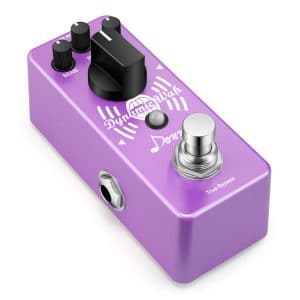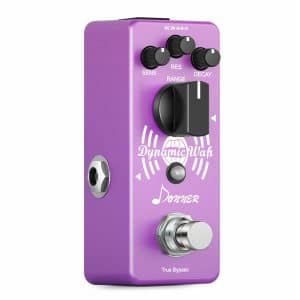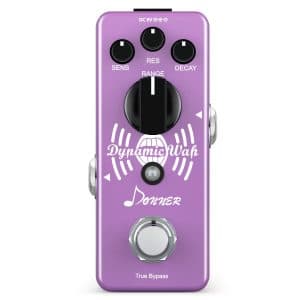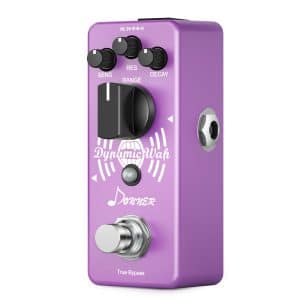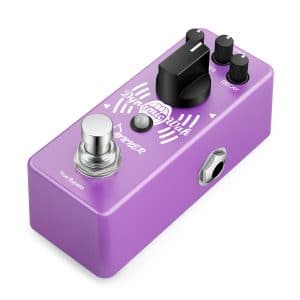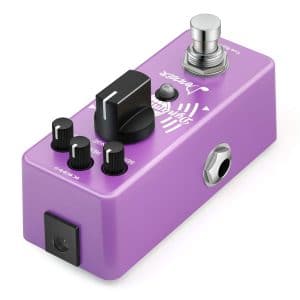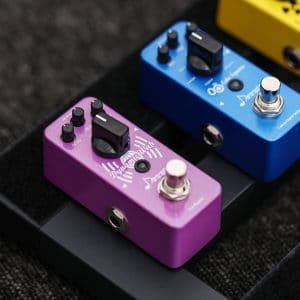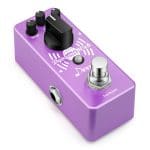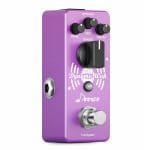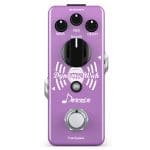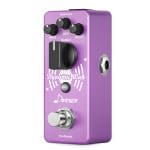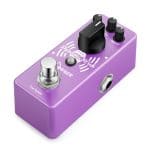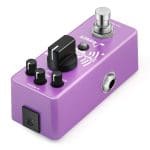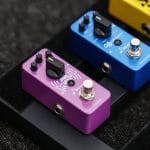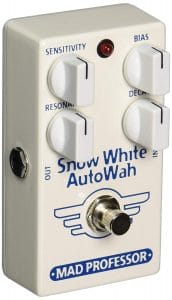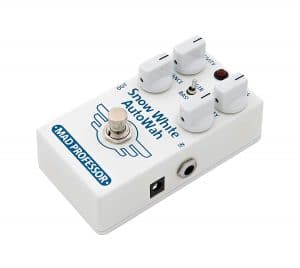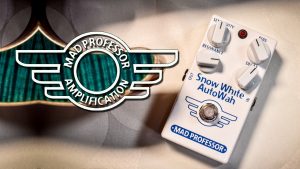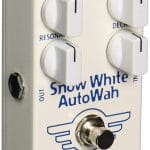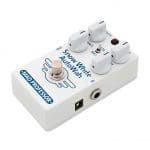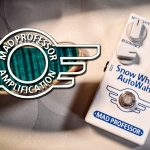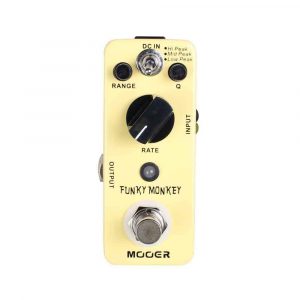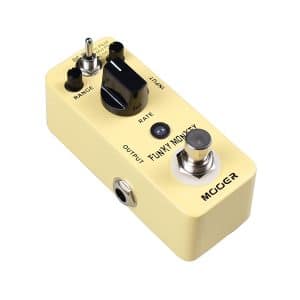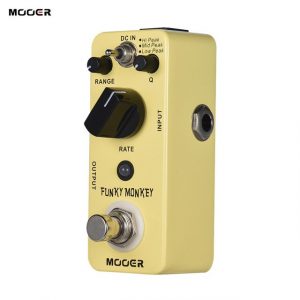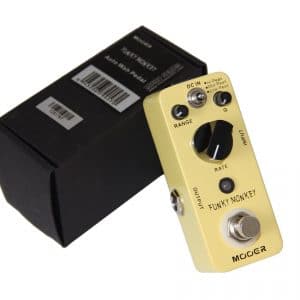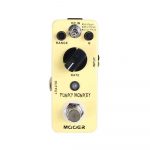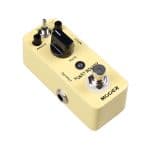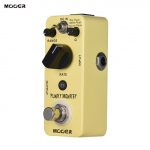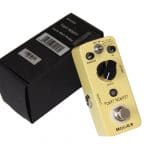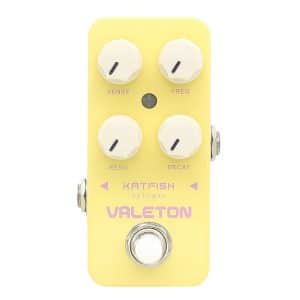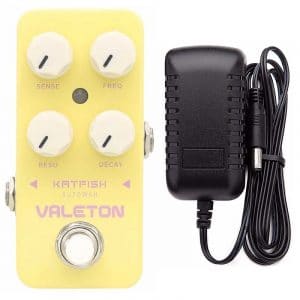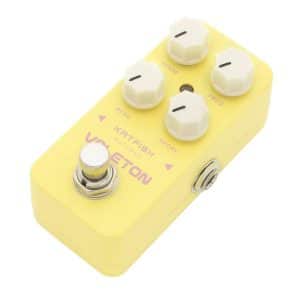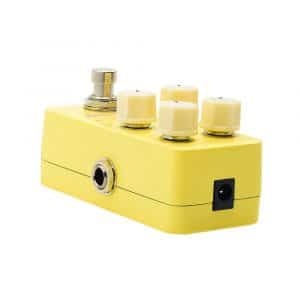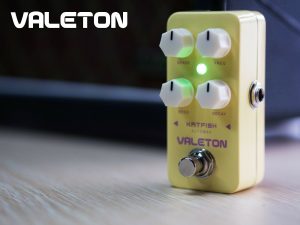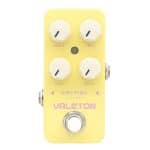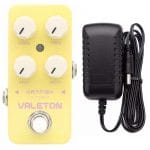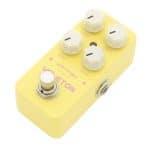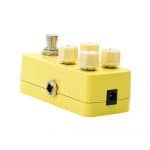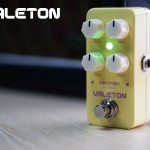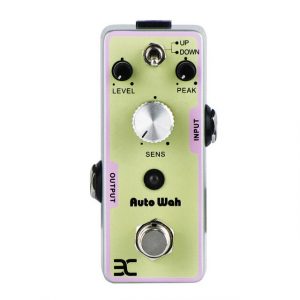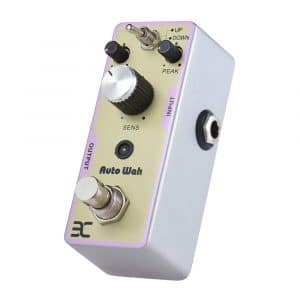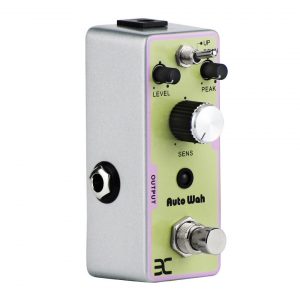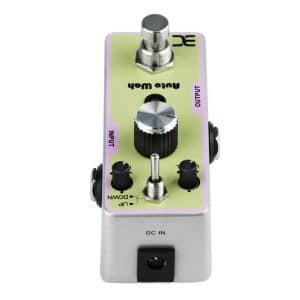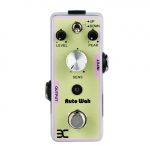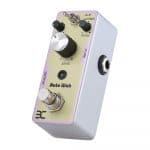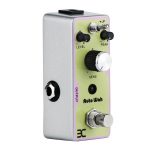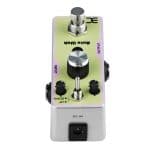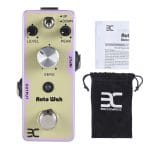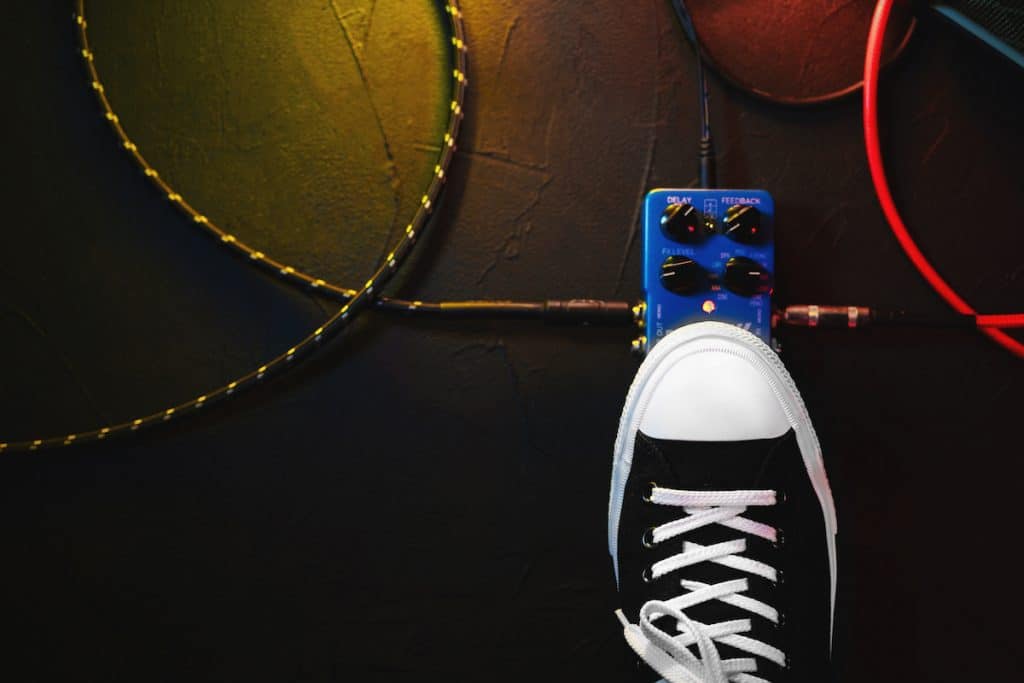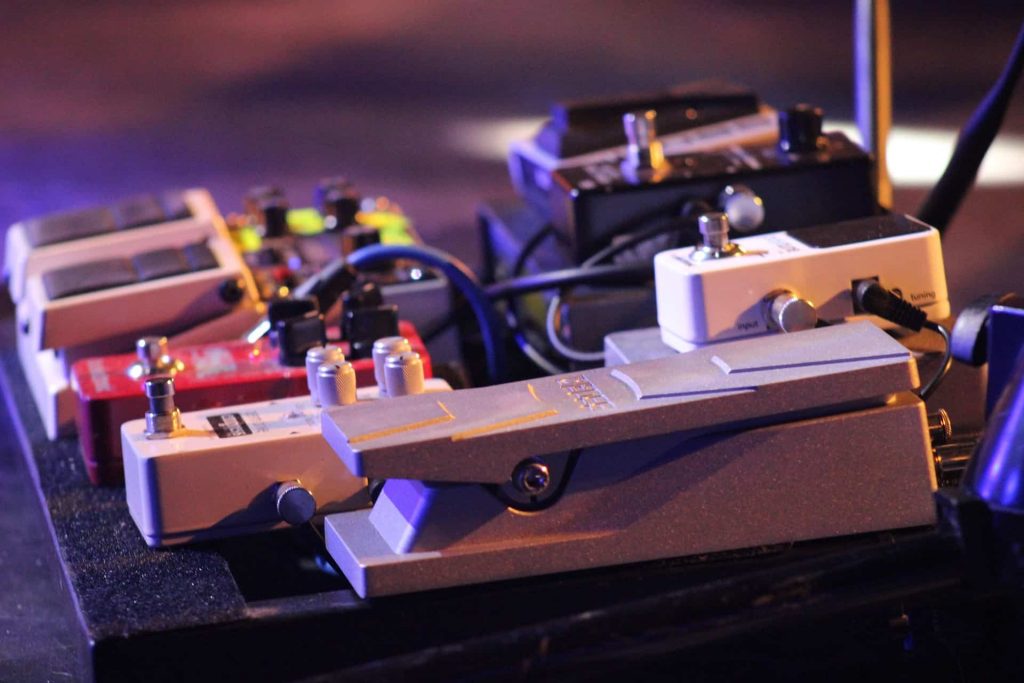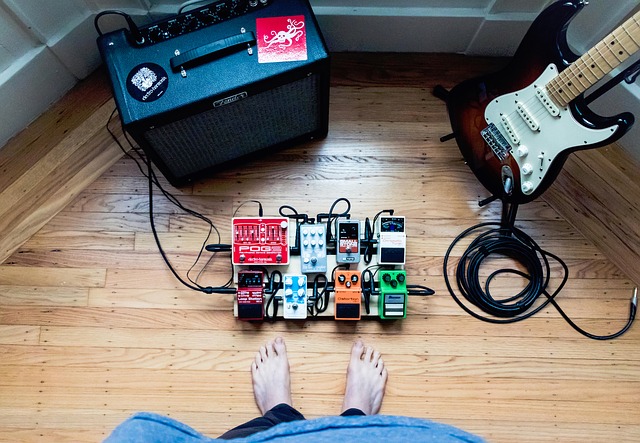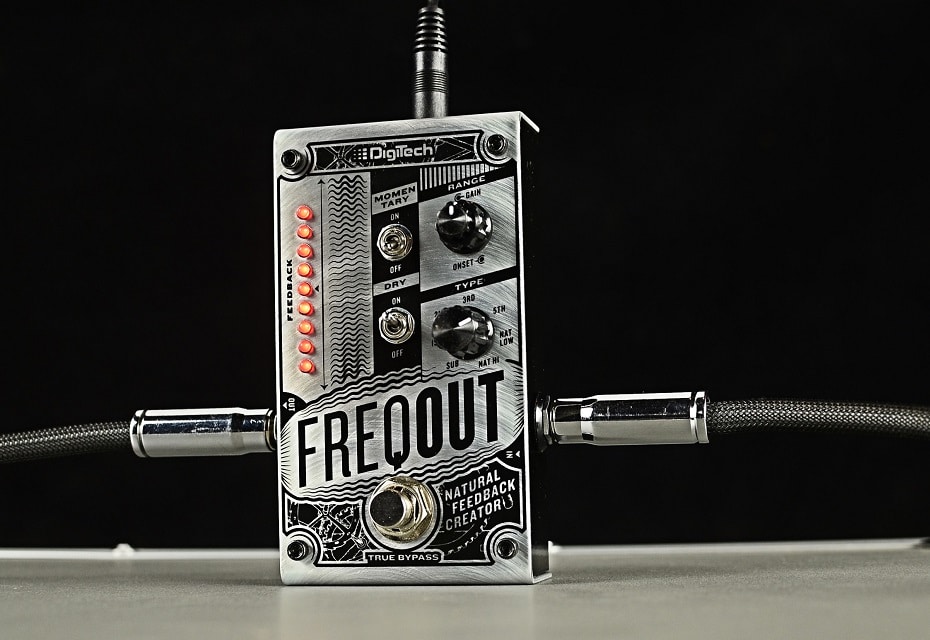The wah-wah effect is a hallmark of the electric guitar sound. This distorted sound is normally produced by a manual foot pedal, which puts the guitarist in complete control over when and to what degree the wah effect is applied. But when you want to apply distortion faster than the human foot can react to your guitar playing, the answer is to automate the distortion effect. That’s where having the best auto-wah pedal comes into play.
Auto-wah pedals work like automatic filters, cutting off different frequencies depending on how loudly you are playing. If you pick or strum lightly, the wah effect will be relatively light as well. On the other hand, if you pick more aggressively, an auto-wah pedal will apply a greater distortion to your sound. Some auto-wah pedals use a combination of envelope filters and cutoff filters to get rid of unwanted frequencies from your sound, while other pedals use a low-frequency oscillating filter to change the tone and distortion of your electric guitar constantly.
Auto-wah pedals are becoming an increasingly popular alternative to the standard wah-wah pedal thanks to how simple they are to use and the highly unique sounds they produce. These pedals – which are, in fact, control boards rather than true pedals – are easy to adjust to produce a particular sound effect and are highly effective at producing an ever-responsive distortion.
Not every auto-wah filters’ frequencies offer the same adjustment options, and this issue can make it difficult to choose the best auto-wah pedal for you. In looking for the best auto-wah pedals on the market today, we considered the style of automated frequency filter that each auto-wah pedal uses and the types of knobs available to more fully customize your sound. We also looked at what type of power supply each pedal uses, since this can be important for setting up your pedal during practice or gigs.
We spent tens of hours researching auto-wah pedals, combing through manufacturer’s information for technical specifications and unique components. We also read through hundreds of customer reviews to find out which auto-wah pedals guitarists are most excited about. The result is our picks of the five best auto-wah pedals, highlighted in the table below. Continue reading for detailed reviews of each pedal, complete with pros and cons. Our buying guide covers everything you need to know about choosing the right auto-wah pedal for your desired sound style. Finally, we sum up our three overall favorite auto-wah pedals.





